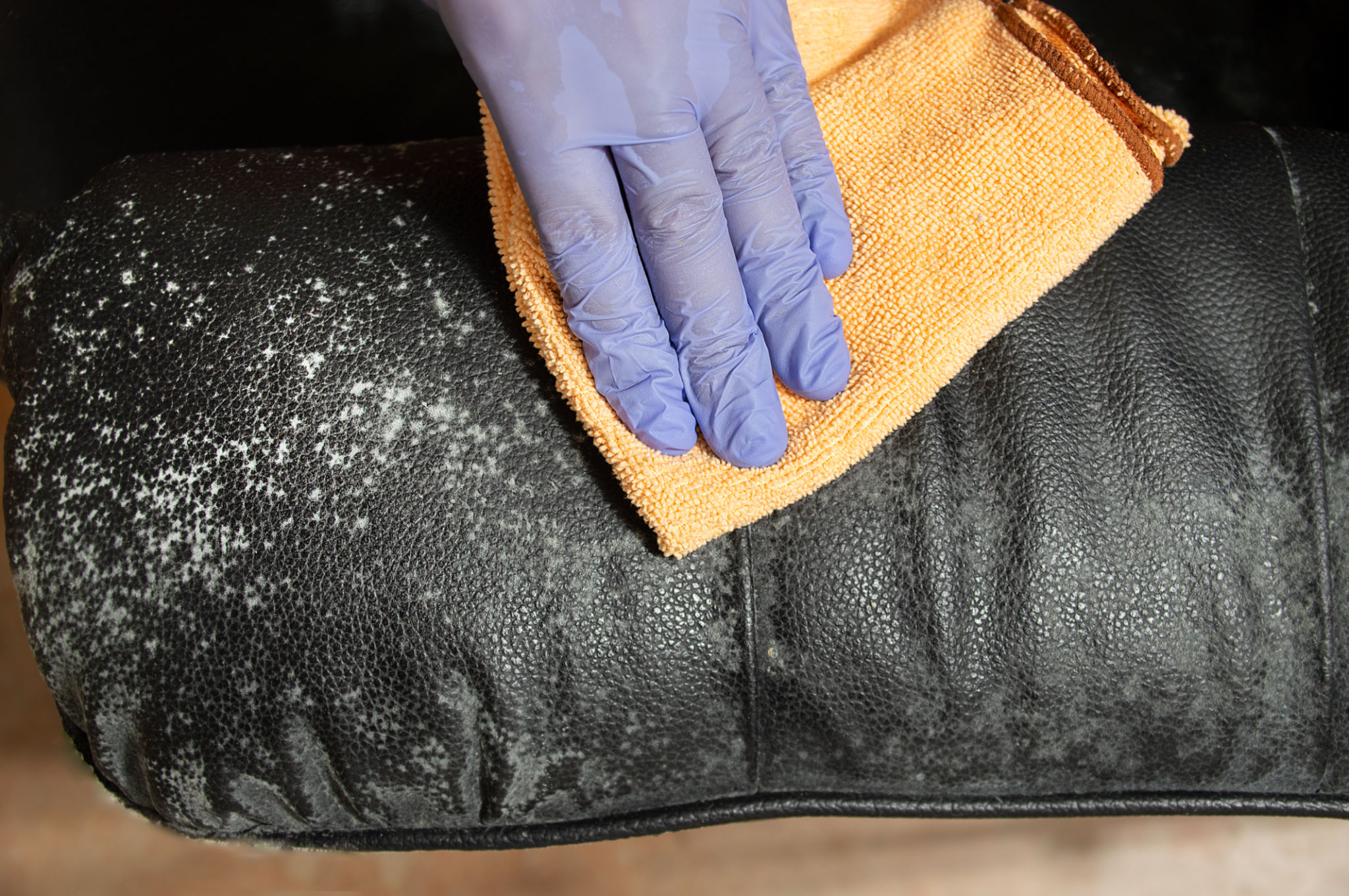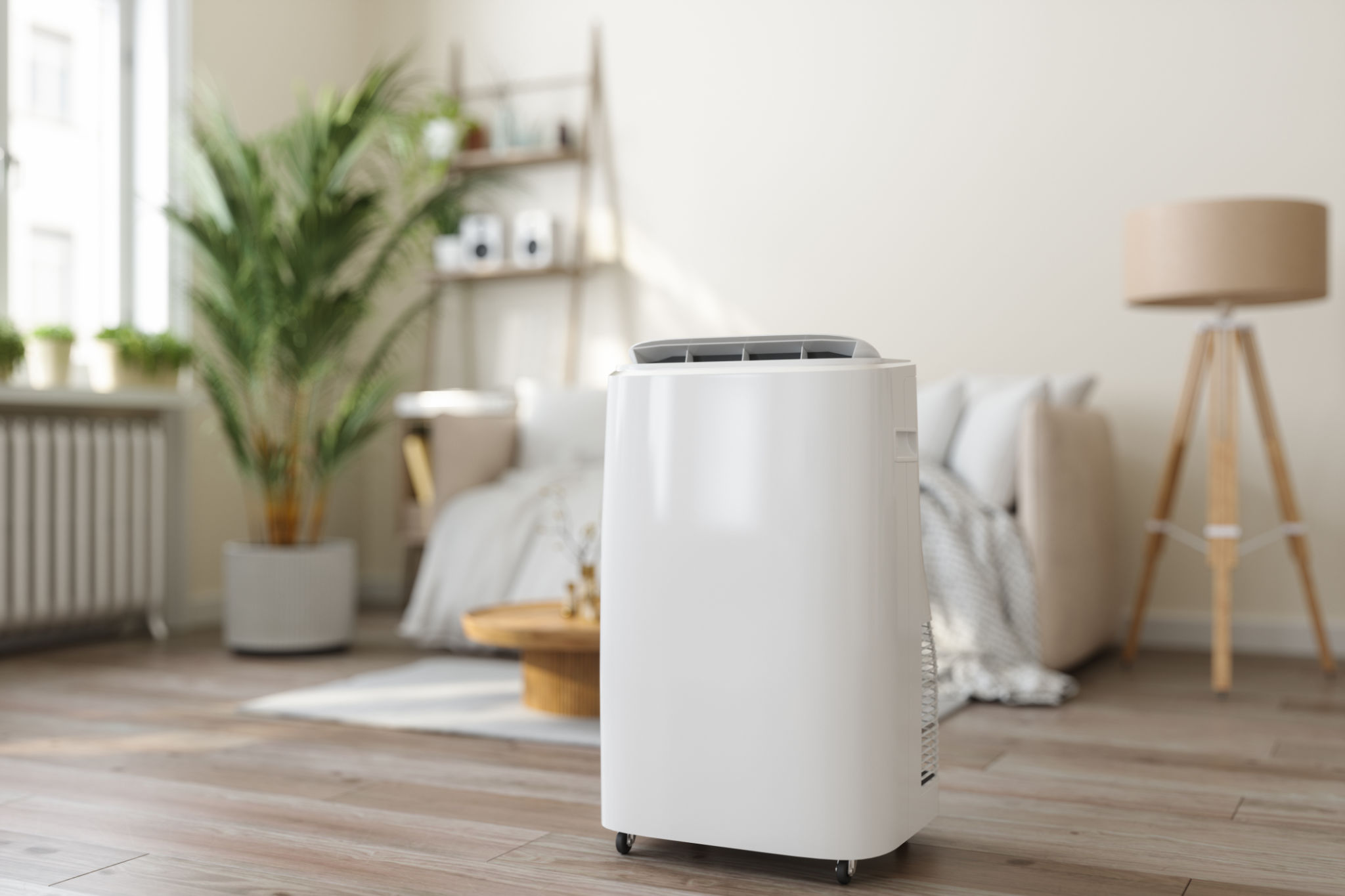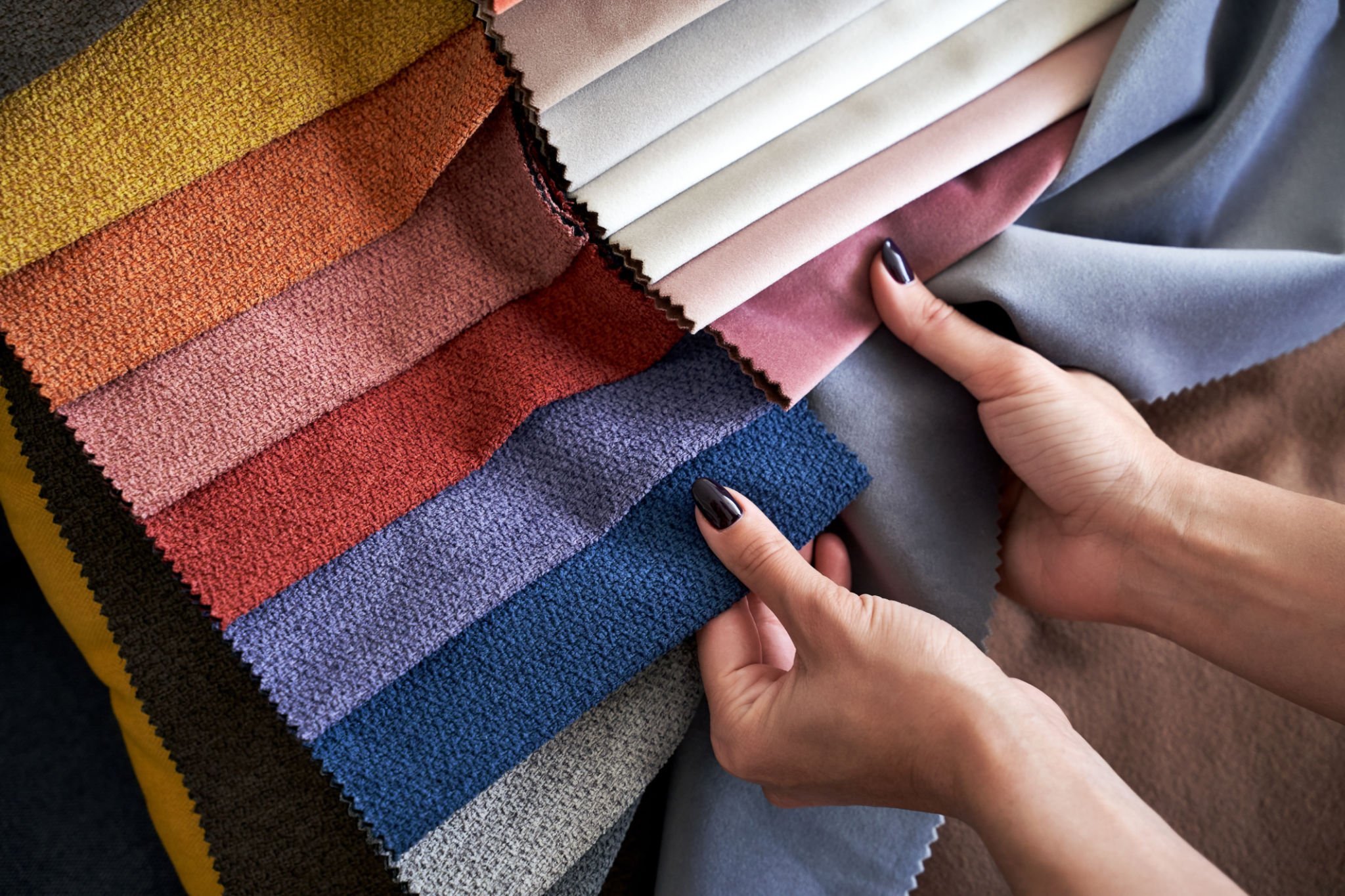How to Maintain Upholstery in Singapore's Humid Climate
Understanding the Challenges of Humidity
Singapore's tropical climate, characterized by high humidity and frequent rainfall, can pose significant challenges for maintaining upholstery. The constant moisture in the air can lead to mold growth, unpleasant odors, and deterioration of fabric and cushioning materials. Understanding these challenges is the first step toward effective upholstery maintenance.
Humidity can cause natural fibers like cotton and linen to absorb moisture, leading to potential mildew issues. Additionally, it can affect synthetic materials by breaking down adhesives and causing foam cushioning to become less resilient. This means that regular maintenance is crucial to extend the lifespan of your upholstered furniture.

Regular Cleaning and Maintenance Tips
Consistency is key when it comes to maintaining your upholstery in a humid climate. Regular cleaning helps prevent the buildup of dirt and moisture, which can contribute to mold and mildew growth. It is advisable to vacuum your upholstered furniture at least once a week using an upholstery attachment to remove dust and debris.
For deeper cleaning, consider using a mild fabric cleaner. Always test the cleaner on an inconspicuous area first to ensure it doesn't damage the fabric. Use a soft brush or cloth for spot cleaning, and avoid saturating the fabric with water, as excess moisture can exacerbate problems in humid conditions.
Dehumidification Strategies
Reducing indoor humidity is crucial for preventing damage to your upholstery. One effective strategy is using a dehumidifier, especially in rooms where upholstered furniture is prevalent. A dehumidifier helps maintain optimal humidity levels, reducing the risk of mold and mildew.

Additionally, air conditioning can help control indoor humidity levels. Ensure that your AC unit is serviced regularly to maintain its efficiency. You could also consider placing silica gel packs or moisture absorbers in hidden areas of your furniture to further combat moisture.
Choosing the Right Upholstery Fabric
When selecting upholstery for your home in Singapore, consider fabrics that are less susceptible to moisture-related issues. Synthetic materials such as polyester and microfiber are excellent choices as they are more resistant to humidity and easier to clean.
If you prefer natural fibers, consider options treated with protective coatings that repel water and resist stains. Additionally, removable cushion covers that can be washed frequently are practical in managing cleanliness and hygiene.

Professional Upholstery Care
While regular maintenance can significantly extend the life of your upholstery, professional cleaning services offer deep cleaning that can effectively remove dirt, allergens, and bacteria that regular cleaning might miss. Consider scheduling professional cleaning at least twice a year, especially if your home is prone to high humidity.
Professionals have the expertise and tools to handle different types of fabrics safely, ensuring that your upholstery remains in top condition. They can also apply fabric protectants that provide an additional layer of defense against moisture and stains.
Conclusion
Maintaining upholstery in Singapore's humid climate requires a proactive approach combining regular cleaning, humidity control, and smart fabric choices. By understanding the unique challenges posed by the tropical environment and implementing these strategies, you can keep your upholstered furniture looking fresh and extend its longevity.
Remember, investing time and effort into proper maintenance not only enhances the appearance of your home but also ensures a healthier living environment for you and your family.
